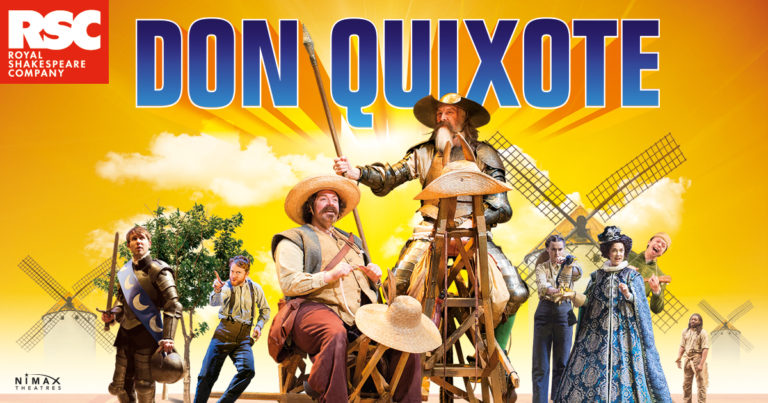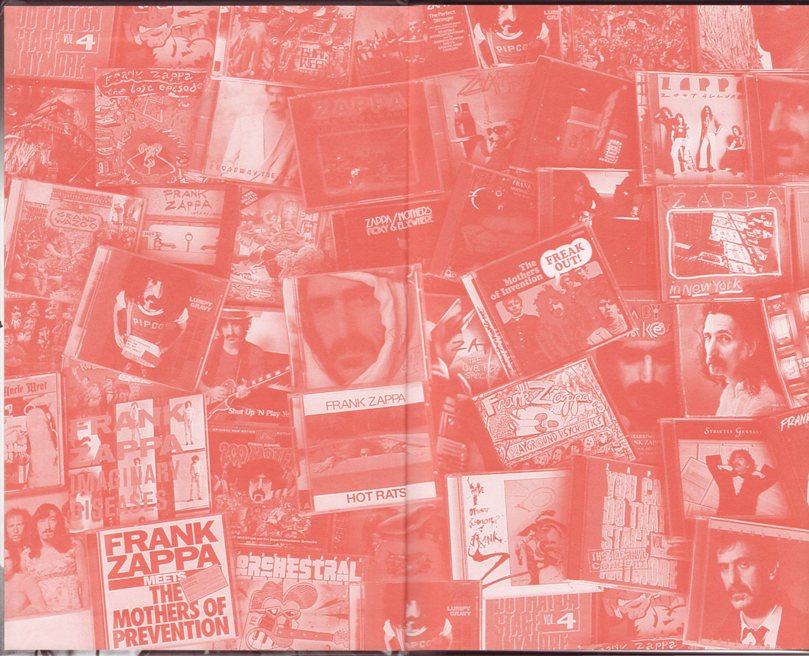

The remainder of the production plays out as a traditional stage ballet. A still of the film’s set lifts to reveal its exact copy on the stage, a neat nod to the production’s history as an artefact of cinema – although this is the extent of the filmic references. The production opens on a false proscenium, which frames a screen showing close-ups of Gustave Doré’s magnificent engravings of the knight-errant of La Mancha, over which credits roll.

‘Nureyev doesn’t allow a skerrick of tragedy to impinge on his telling, for better or worse.’ Photograph: Rainee Lantry In the introduction to Edith Grossman’s translation of Don Quixote in 2003, she speaks of the novel’s ability to seem tragic on one reading and hilarious on another Nureyev doesn’t allow a skerrick of tragedy to impinge on his telling, for better or worse. Which is fitting because it’s a showy piece, leaning into extended displays of skill and virtuosity over narrative complexity. The Australian Ballet have returned to the work, adapting that film version for the stage as a showcase for the company’s progress under the artistic direction of David Hallberg.

(To be fair, Nureyev was only following the example set by Marius Petipa, whose own choreography helped cement the young dancer’s international reputation.) Nureyev then famously filmed his work – with the aid of Robert Helpmann and the Australian Ballet – in an airport hanger in Essendon back in 1973. He did this largely by ignoring the book, pushing Don Quixote and Sancho Panza to the side, and creating a central pair of lovers who have only the most rudimentary relationship to Cervantes’ novel.


 0 kommentar(er)
0 kommentar(er)
